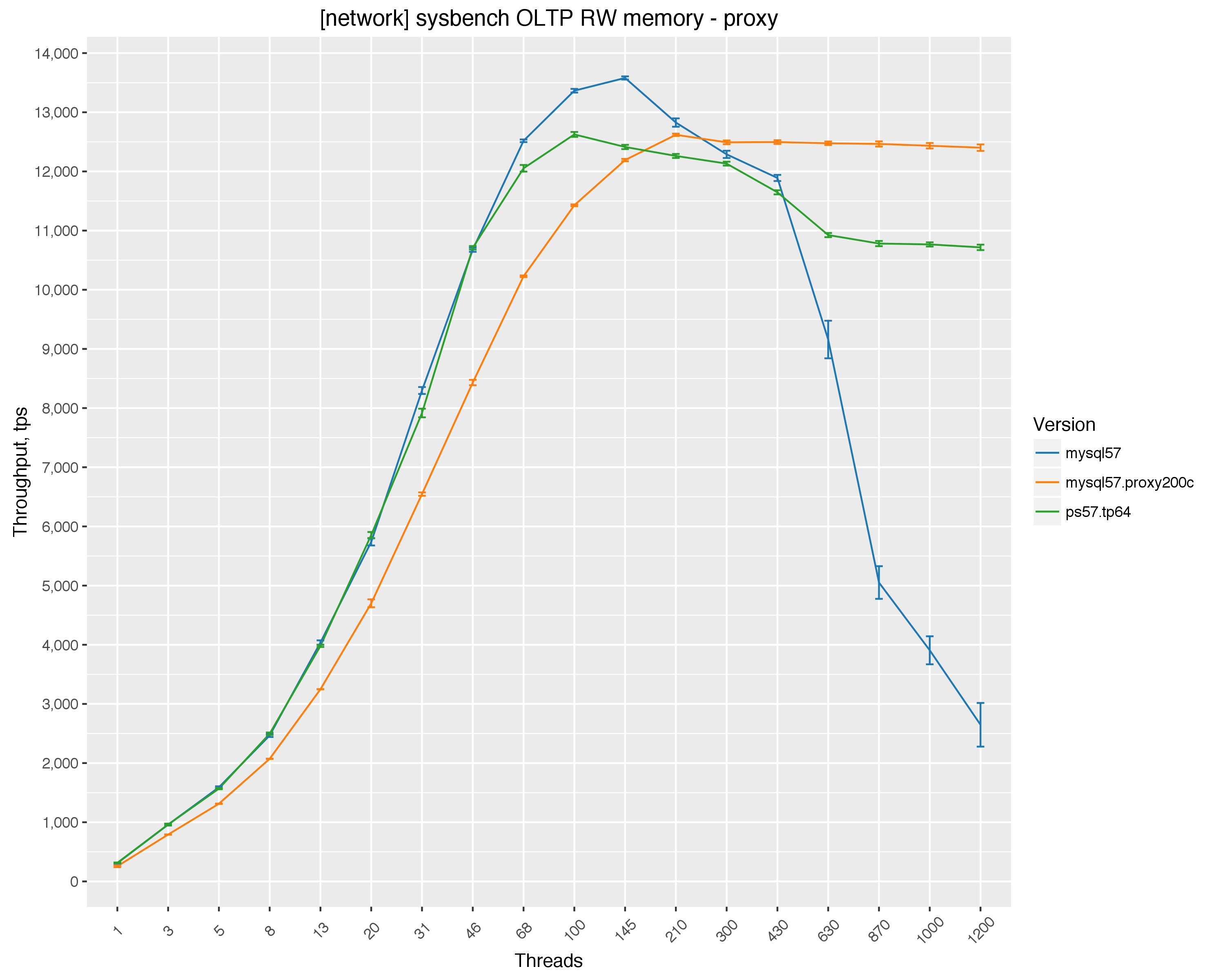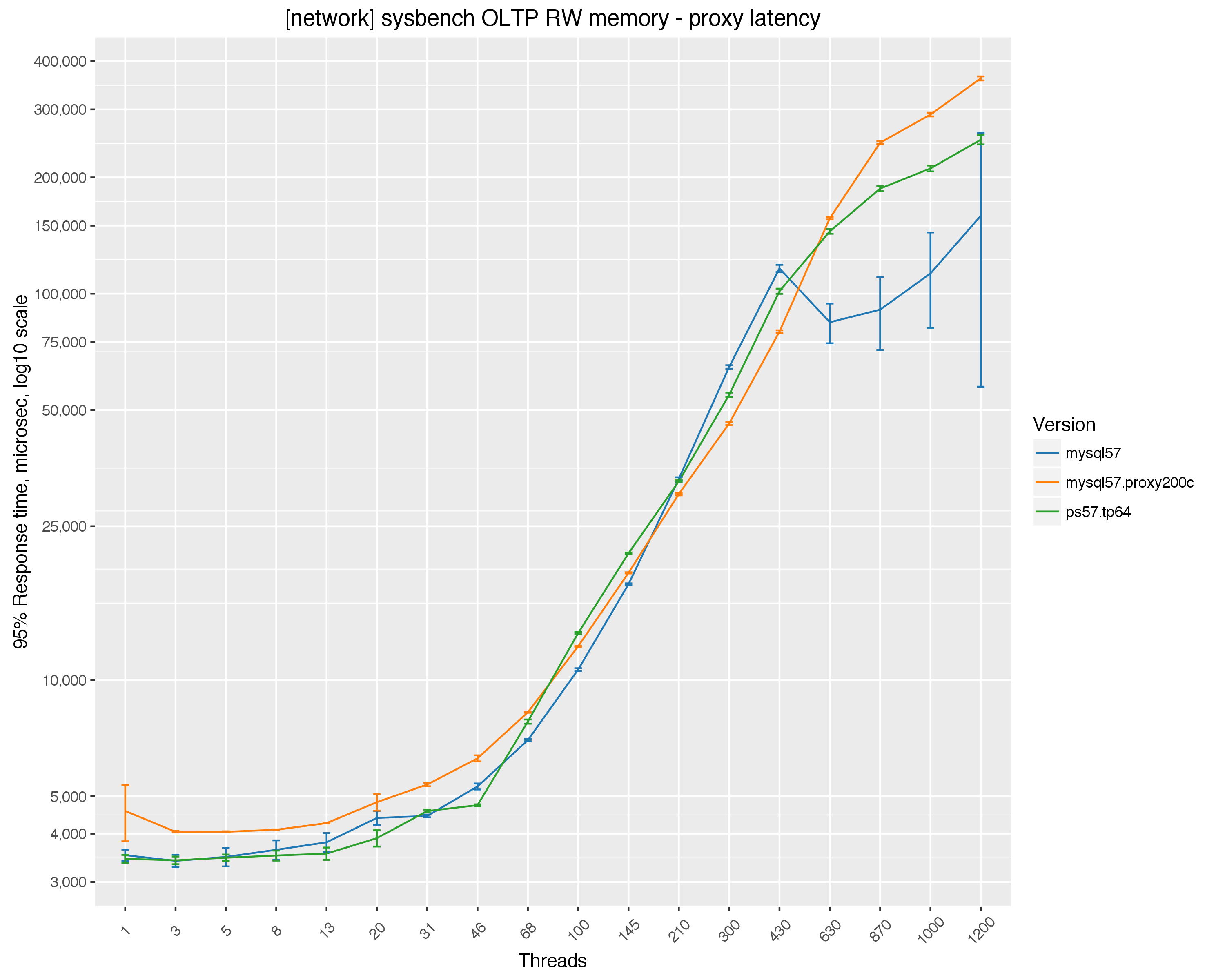“If (wealth management advisors) continue to work the way you have been, you may not be in business in five years” – Industry leader Joe Duran, 2015 TD Ameritrade Wealth Advisor Conference.
The wealth management segment is a potential high growth business for any financial institution. It is the highest customer touch segment of banking and is fostered on long term and extremely lucrative advisory relationships. It is also the ripest segment for disruption due to a clear shift in client preferences and expectations for their financial future. This three-part series explores the industry trends, business use cases mapped to technology and architecture and disruptive themes and strategies.
Introduction to Wealth Management
There is no one universally accepted definition of wealth management as it broadly refers to an aggregation of financial services. These include financial advisory, personal investment management and planning disciplines directly for the benefit of high-net-worth (HNW) clients. But wealth management has also become a highly popular branding term that advisors of many different kinds increasingly adopt. Thus this term now refers to a wide range of possible functions and business models.
Trends related to shifting client demographics, evolving expectations from HNW clients regarding their needs (including driving social impact), technology and disruptive competition are converging. New challenges and paradigms are afoot in the wealth management space, but on the other side of the coin, so is a lot of opportunity.
A wealth manager is a specialized financial advisor who helps a client construct an entire investment portfolio and advises on how to prepare for present and future financial needs. The investment portion of wealth management normally entails both asset allocation of a whole portfolio as well as the selection of individual investments. The planning function of wealth management often incorporates tax planning around the investment portfolio as well as estate planning for individuals as well as family estates.
There is no trade certification for a wealth manager. Several titles are commonly used such as advisors, family office representatives, private bankers, etc. Most of these professionals are certified CFPs, CPAs and MBAs as well. Legal professionals are also sometimes seen augmenting their legal expertise with these certifications.
State of Global Wealth Management
Private banking services are delivered to high net worth individuals (HNWI). These are the wealthiest clients that demand the highest levels of service and more customized product offerings than are provided to regular clients. Typically, wealth management is a subsidiary of a larger investment or retail banking conglomerate. Private banking also includes other services like estate planning and tax planning as we will see in a few paragraphs.
- Nearly 1 million people in the world attained millionaire status in 2014
- The collective investible assets of the world’s HNWI totaled $56 trillion
- By 2017, the total assets under management for global HNWIs will rise beyond $70 trillion
- Asia Pacific has the world’s highest number of millionaires with both India and China posting the highest rates of growth respectively
- Asia Pacific also led the world in the increase in HNWI assets at 8.5%. North America was a close second at 8.3%. Both regions surpassed their five year growth rates for high net worth wealth
- Equities were the most preferred investment vehicle for global HNWI with cash deposits, real estate and other alternative investments forming the rest
- The HNWI population is also highly credit friendly
Asia Pacific is gradually becoming the financial center of the world—a fact that has not gone unnoticed among the banking community. Thus banks need to as a general rule get more global and focused on non-traditional markets (North America and Western Europe).
The report also makes the point that despite the rich getting richer, global growth this year was more modest compered to previous years with a slowdown of 50% in the production of new HNWIs. This slower pace of growth now means that firms need to move to a more relationship centric model, specifically among highly coveted segment: younger investors. The report stresses that currently wealth managers are not able to serve the different needs of HNW clients under the age of 45 from both a mindset, business offering and technology capability standpoint.
The Broad Areas of Wealth Management
 The Components of Wealth Management Businesses
The Components of Wealth Management Businesses
As depicted above, full service wealth management firms broadly provide services in the following areas:
Investment Advisory
A wealth manager is a personal financial advisor who helps a client construct an investment portfolio that helps prepare for life changes based on their respective risk appetites and time horizons. The financial instruments invested in range from the mundane (equities, bonds, etc.) to the arcane (hedging derivatives, etc.)
Retirement Planning
Retirement planning is an obvious function of a client’s personal financial journey. From a HNWI standpoint, there is a need to provide complex retirement services while balancing taxes, income needs, estate prevention and the like.
Estate Planning Services
A key function of wealth management is to help clients pass on their assets via inheritance. Wealth managers help construct wills that leverage trusts and forms of insurance to help facilitate smooth inheritance.
Tax Planning
Wealth managers help clients manage their wealth in such a manner that tax impacts are reduced from a taxation perspective (e.g., the IRS in the US). As the pools of wealth increase, even small rates of taxation can have a magnified impact either way. The ability to achieve the right mix of investments from a tax perspective is a key capability.
Full Service Investment Banking
For sophisticated institutional clients, the ability to offer a raft of investment banking services is an extremely attractive capability.
Insurance Management
A wealth manager needs to be well versed in the kinds of insurance purchased by their HNWI clients so that the appropriate hedging services can be put in place.
Institutional Investments
Some wealth managers cater to institutional investors like pension funds and hedge funds and offer a variety of back office functions.
It is to be noted that the wealth manager is not necessarily an expert in all of these areas but rather works well with the different areas of an investment firm from a planning, tax and legal perspective to ensure that their clients are able to accomplish the best outcomes.
Client Preferences and Trends
There are clear changing preferences on behalf of the HNWI, including:
- While older clients gave strong satisfaction scores to their existing wealth managers, the younger client’s needs are largely being missed by the wealth management community.
- Regulatory and cost pressures are rising leading to commodification of services.
- Innovative automation and usage techniques of data assets among new entrants (aka the FinTechs) are leading to the rise of “roboadvisor” services which have already begun disrupting existing players in a massive manner in certain HNWI segments.
- A need to offer holistic financial services tailored to the behavioral needs of the HNWI investors.
Technology Trends
The ability to sign up new accounts and offer them services spanning the above areas provides growth in the wealth management business. There has been a perception that wealth management as a sub sector has trailed other areas within banking from a technology and digitization standpoint. As with wider banking organizations, the wealth management business has been under significant pressure from the perspective of technology and the astounding pace of innovation seen over the last few years from a cloud, Big Data and open source standpoint. Here are a few trends to keep an eye on:
The Need for the Digitized Wealth Office
The younger HNWI clients (defined as under 45) use mobile technology as a way of interacting with their advisors. They demand a seamless experience across all of the above services using digital channels—a huge issue for established players as their core technology is still years behind providing a Web 2.0 like experience. The vast majority of applications are still separately managed with distinct user experiences ranging from client onboarding to servicing to transaction management. There is a crying need for IT infrastructure modernization ranging across the industry from cloud computing to Big Data to micro-services to agile cultures promoting techniques such as a DevOps approach.
The Need for Open and Smart Data Architecture
Siloed functions have led to siloed data architectures operating on custom built legacy applications. All of which inhibit the applications from using data in a manner that constantly and positively impacts the client experience. There is clearly a need to have an integrated digital experience both regionally and globally and to do more with existing data assets. Current players possess a huge first mover advantage as they offer highly established financial products across their large (and largely loyal and sticky) customer bases, a wide networks of physical locations, and rich troves of data that pertain to customer accounts and demographic information. However, it is not enough to just possess the data. They must be able to drive change through legacy thinking and infrastructures as things change around the entire industry as it struggles to adapt to a major new segment (millennial customers) who increasingly use mobile devices and demand more contextual services and a seamless and highly analytic-driven, unified banking experience—an experience akin to what consumers commonly experience via the Internet on web properties like Facebook, Amazon, Google, Yahoo and the like.
Demands for Increased Automation
The need to forge a closer banker/client experience is not just driving demand around data silos and streams themselves. It’s forcing players to move away from paper based models to a more seamless, digital and highly automated model to rework countless existing back and front office processes—the weakest link in the chain. While “Automation 1.0” focuses on digitizing processes, rules and workflow; “Automation 2.0” implies strong predictive modeling capabilities working at large scale—systems that constantly learn and optimize products & services based on client needs and preferences.
The Need to “Right-size” or Change Existing Business Models Based on Client Tastes and Feedback
The clear ongoing theme in the wealth management space is constant innovation. Firms need to ask themselves if they are offering the right products that cater to an increasingly affluent yet dynamic clientele.
Conclusion
The next post in this series will focus on the business lifecycle of wealth management. We will begin by describing granular use cases across the entire lifecycle from a business standpoint, and we’ll then examine the pivotal role of Big Data enabled architectures along with a new age reference architecture.
In the third and final post in this series, we round off the discussion with an examination of strategic business recommendations for wealth management firms—recommendations which I will believe will drive immense business benefits by delivering innovative offerings and ultimately a superior customer experience.


















 App migration is often part of the process of outsourcing as much of a company’s data center infrastructure as possible. Many of these migrations are in process at companies of all sizes, and most companies choose to migrate some applications but not others. Typically, “internal only” apps are migrated first, while the big, clunky mainframe apps are the last to be moved—and often they never make the transition.
App migration is often part of the process of outsourcing as much of a company’s data center infrastructure as possible. Many of these migrations are in process at companies of all sizes, and most companies choose to migrate some applications but not others. Typically, “internal only” apps are migrated first, while the big, clunky mainframe apps are the last to be moved—and often they never make the transition.